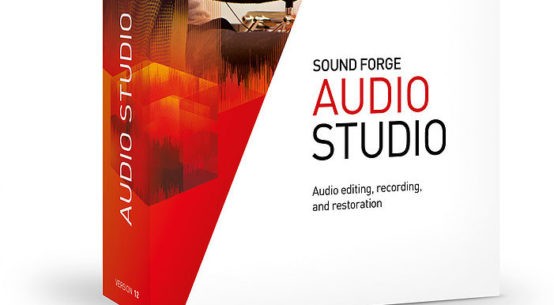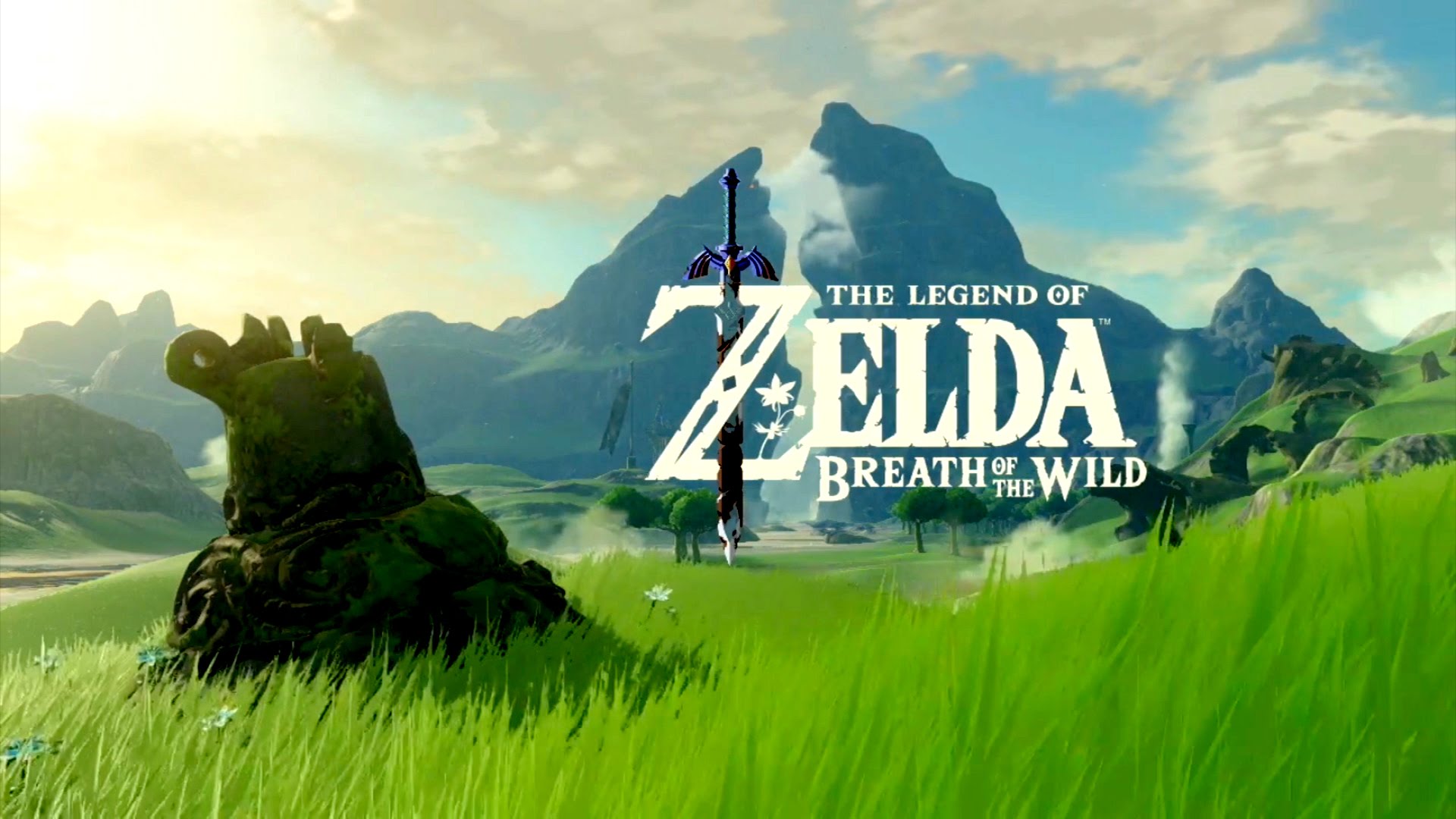
Review by Willy McCarter
Edited by Katie Tarrant
Developer/Publisher: Nintendo
Composers: Manaka Kataoka, Yasuaki Iwata
Sound Director: Hajime Wakai
Reviewed on: Nintendo Switch
Introduction
Well, the time has finally come! The dawn of a new generation of gaming consoles is upon us and of course Nintendo naturally like to break into every new launch with a stunning launch title. Being the innovators they are, what better way to launch the Nintendo Switch than with the latest instalment of The Legend of Zelda: Breath Of The Wild. According to the announcement in late 2013, it was initially to be released for the Wii U. However, due to the ever-growing anticipation and new creative directions hinted by the developers, it finally made it to the Nintendo Switch launch on 03/03/17. I was very fortunate to be able to get a weekend to play it for myself on the new console and I can safely say it was well worth the wait. So without further ado please sit back, relax and get ready for a breakdown of the stunning experience that was Legend of Zelda: Breath Of The Wild.
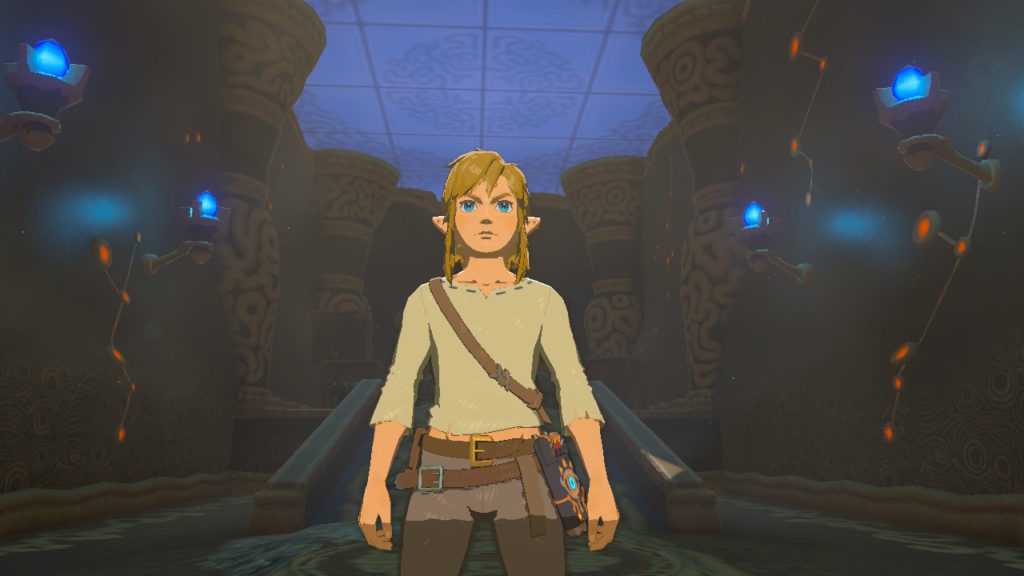
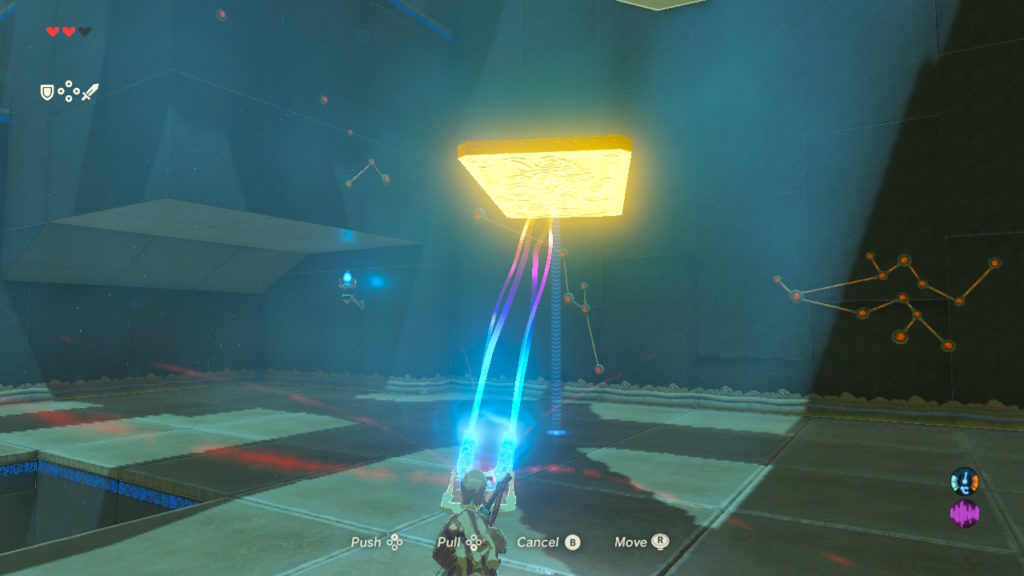
Music
One of the most notable features of the game’s audio was the amazing approach to its soundtrack and underscore. One aspect of the series that truly makes it iconic are the exhilarating and memorable musical scores, all thanks to the amazing work of Koji Kondo. However, this game brought the collaborative efforts of Manaka Kataoka & Yasuaki Iwata, whose previous work together includes: Mario Kart 8, Super Mario 3D World, Super Smash Bros. Wii U, Animal Crossing: City Folk and The Legend of Zelda: Spirit Tracks.
Within exploring the first few areas of ‘The Great Plateau’, fighting a few enemies and entering some puzzle solving tombs, both composers had brought a whole new approach to the series. The composition and score style had a very diverse yet original feel to it. ‘The Great Plateau’ had a very calming and chilled ambient piano underscore, which really amplified the beauty of the stunning visual content and environment of the game itself. At times there were certain little changes in tone and melody, dependant on the weather changes and also what Link was interacting with.
One of the biggest surprises I found in the musical score was when I came across my first puzzle in order to gain the ‘Magnises’ item. There was a crossover of both orchestral and electronic music which, for me, is nearly alien for a LoZ game. However, it was able to provide an extra layer which lent itself to the emotive of aural narrative in puzzle platform games. It was this that stuck out in terms of how far the series has come from the 8bit to 16bit, to N64 MIDI, to now live orchestral performances within game play, that demonstrates the stunning results of Nintendo’s style.
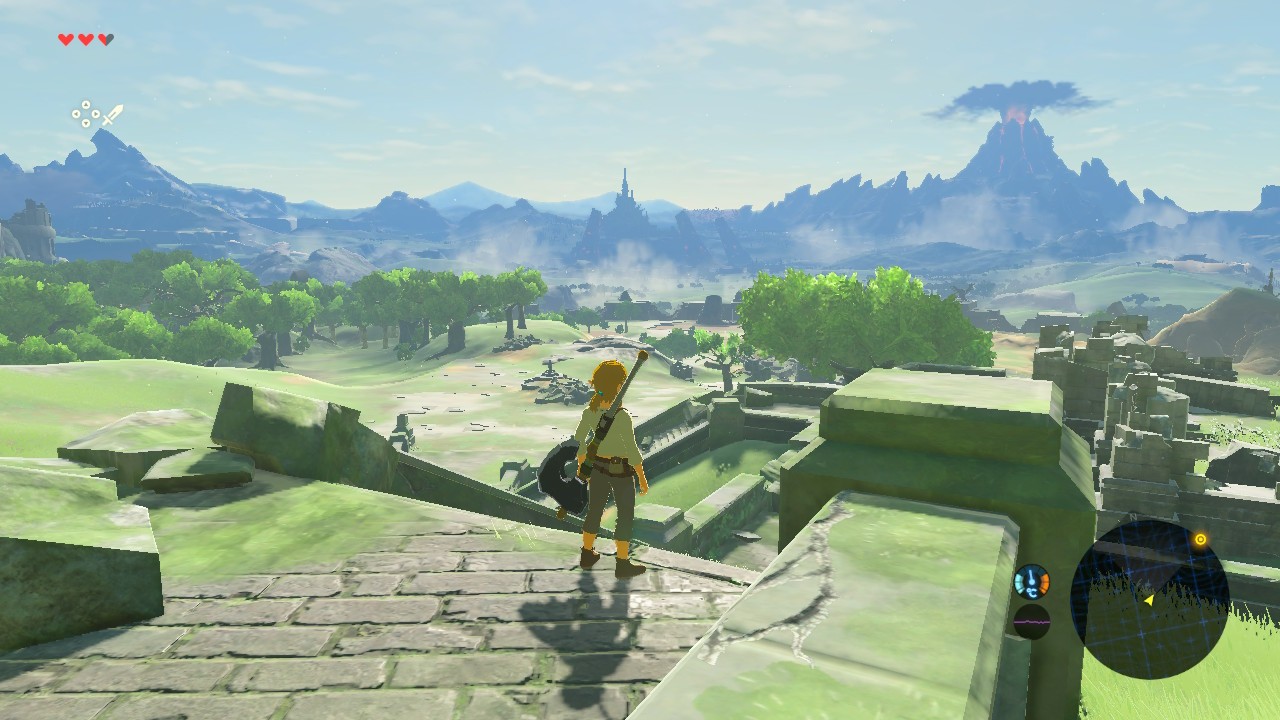
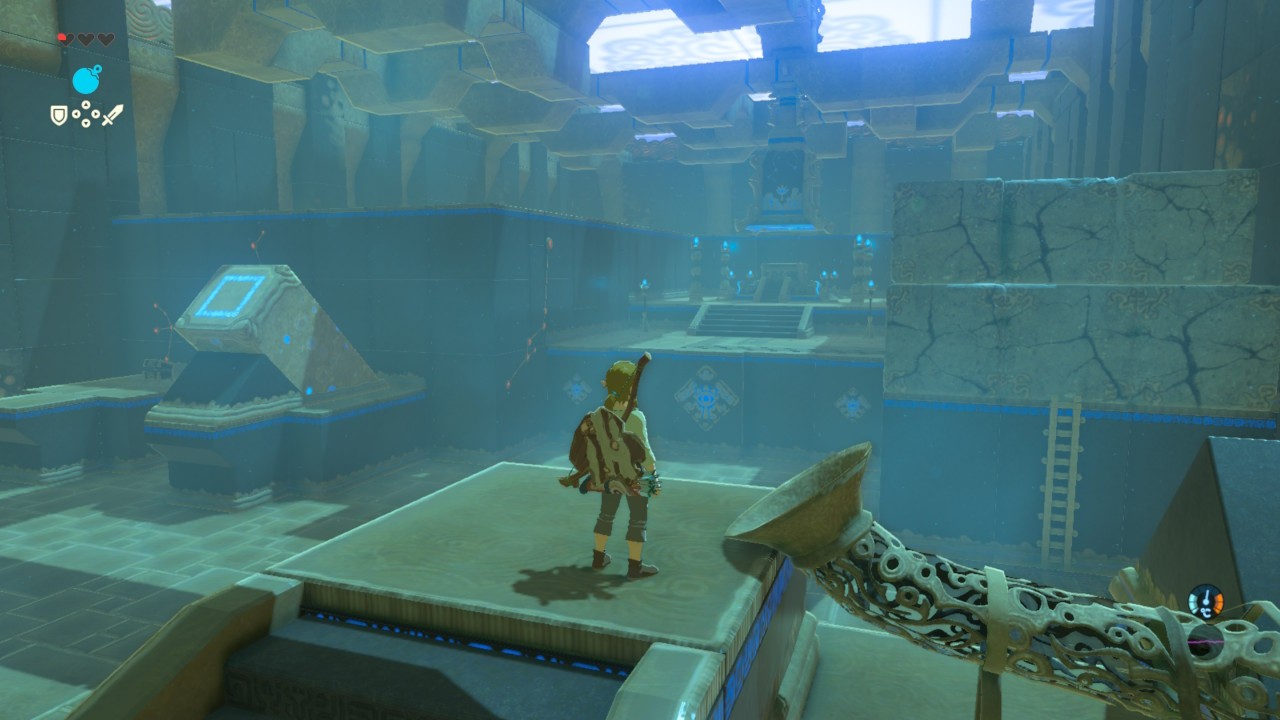
Sound Design
Led by long time dedicated composer & sound supervisor Hajime Wakai, whose previous work includes classics such as: Yoshi’s Story, The Legend of Zelda Wind Waker, Legend of Zelda Skyward Sword and Star Fox Zero, the sound design in this game was quite hard to review as there were many elements of sound to account for.
Referring to an earlier point in this review, I felt the sound design had also taken a new direction alongside the overall gameplay style. From the small subtle changes such as footsteps on different surfaces, to magic booms and fantasy weapons, the sound design felt like the perfect match. The LoZ series in the past would heavily rely on sound to act as a huge guiding tool for the player. However, due to the new aesthetics of encouraging the player to play and where to buy levitra in canada online learn for themselves rather than repeating the same story pattern, this gives the sound design a back seat role to allow the player to focus on other elements.
Nevertheless, this doesn’t take away from the amazingly unique user experience that comes with the player satisfaction of gaining a new item or defeating an enemy in a clash of weapons. Some of the most enjoyable sound elements for me were the iconic Legend of Zelda sounds. Classic audio cues such as opening a chest or discovering something new have all been replaced with fully orchestrated and live performed instruments, making a level feel like you’re watching a live theatrical play.
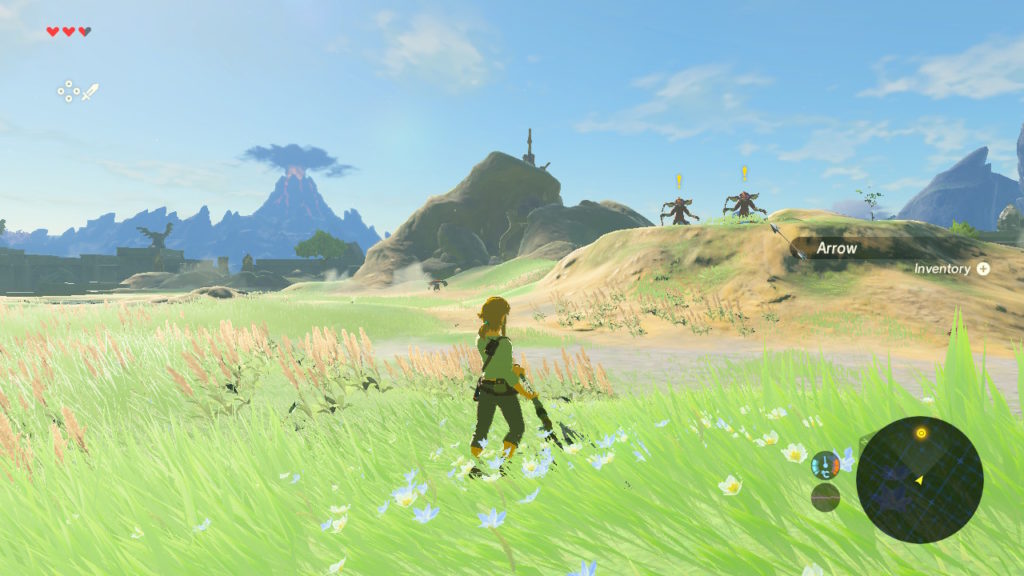
Voice Over
Yep, you heard me! Voice over narratives and acting in a Legend of Zelda game! Actual spoken dialogue instead of the occasional grunt or yelling of a gibberish Hyrulian word. (No offense to Hyrule).
It has to be the one element of the game that I can’t believe is there, yet I’ve wanted to hear it for so long. Princess Zelda, The High King even the Deku Tree have their own godly voices that speak directly to you. BotW saw the VO talents of Patricia Summersett as Princess Zelda, Amelia Gotham as Mipha, Sean Chiplock as The Great Deku Tree & Bill Rogers as King of Hyrule. Past work from each talent includes: For Honor, Mobius Final Fantasy, Killer Instinct & Super Smash Bros. Brawl. Altogether, the Voice Over cast help bring their characters to life and bring out each persona beautifully. Patrica Summersett’s interpretation of Princess Zelda is very well detailed and has the touch of royalty and elegance, while Amelia Gotham carries the unique narrative style of Mipha. Sean Chiplock’s character of the Deku Tree is nothing short of godly and captivating which is a credit to the series and overall Bill Rogers is the perfect fit for capturing the ideal emote and role of the King of Hyrule in a very grand caliber. Not to be reflecting on the same point more than once, but it should be stressed that the many new directions that this instalment has taken have completely baffled me as a fan boy.
From playing previous titles, there were many times from reading the dialogue on screen that got tedious and now from the very moment this game starts up, the player is met with a beautiful angelic voice calling out for help. It is without doubt that the extra layer of VO in the game brings another level of emotion and immersion to the game and also reflects the stunning, shiny new generation of the LoZ universe. It is believed by some that the voice over is actually the developers homage to the many years of fan fiction in the making.
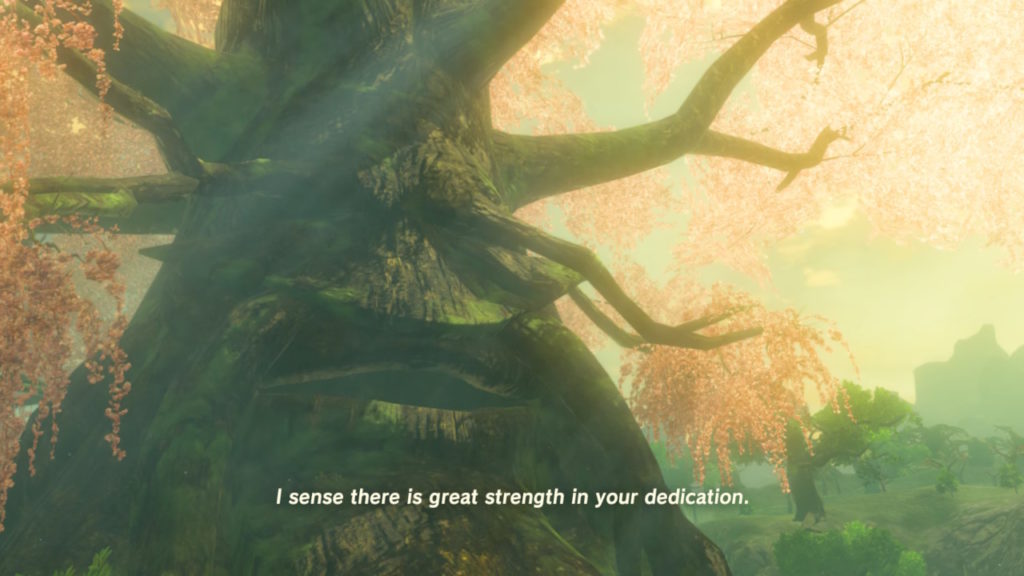
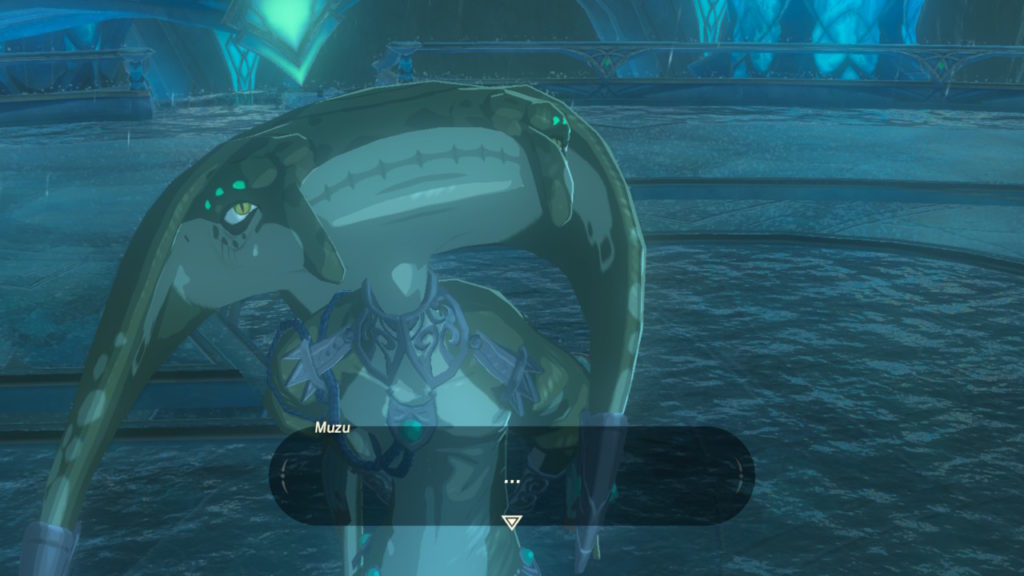
Conclusion
I have probably said it more times than I should over the course of this review, but this game and new console are absolutely stunning in both visual and audio aspects. In the limited time I had to play and review it, it has left me wanting to explore more of the game. Both the Nintendo Switch controls and the game work beautifully together. On the other hand, the biggest downside of the game for me are some of the new aspects such as the open world roaming system replacing the classic sequential system from previous titles. I found the DIY learning-to-survive and the limitless exploration was very distracting for myself as the player. Nevertheless, I believe this is down to the new creative directions of the team and, despite it, the game was definitely well worth the wait. Until next time.
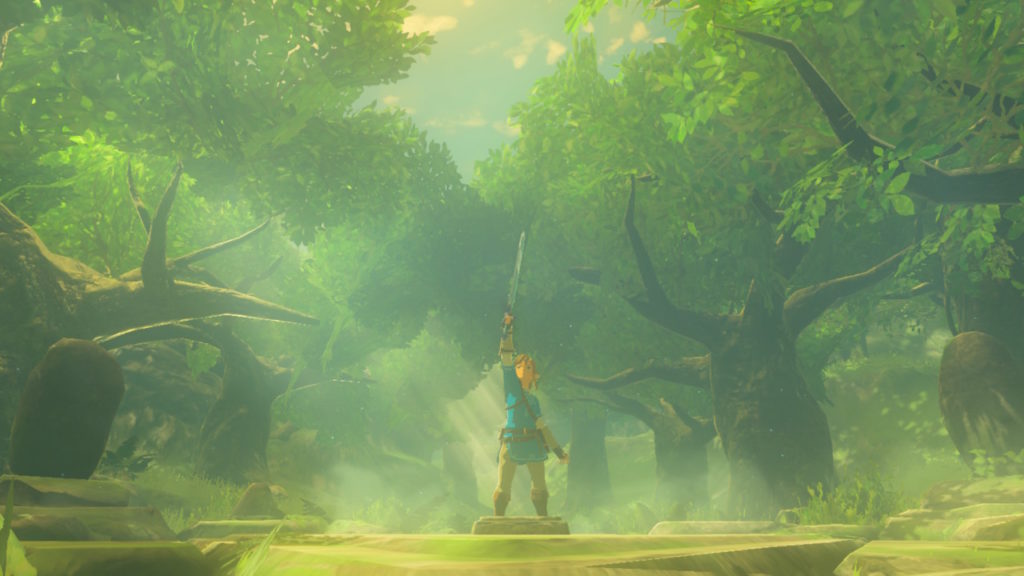
LINKS
Official
Legend of Zelda:Breath Of The Wild
Legend of Zelda:Breath OfThe Wild
We hope you enjoyed Willy’s review, check out others in our Reviews section. Don’t forget to sign up to our Monthly Newsletter to make sure you don’t miss out on our reviews and interviews.
We’re also running a Patreon campaign to make sure we can keep bringing you regular, high quality content if you’re feeling generous! Thanks for even sharing!
The Sound Architect




